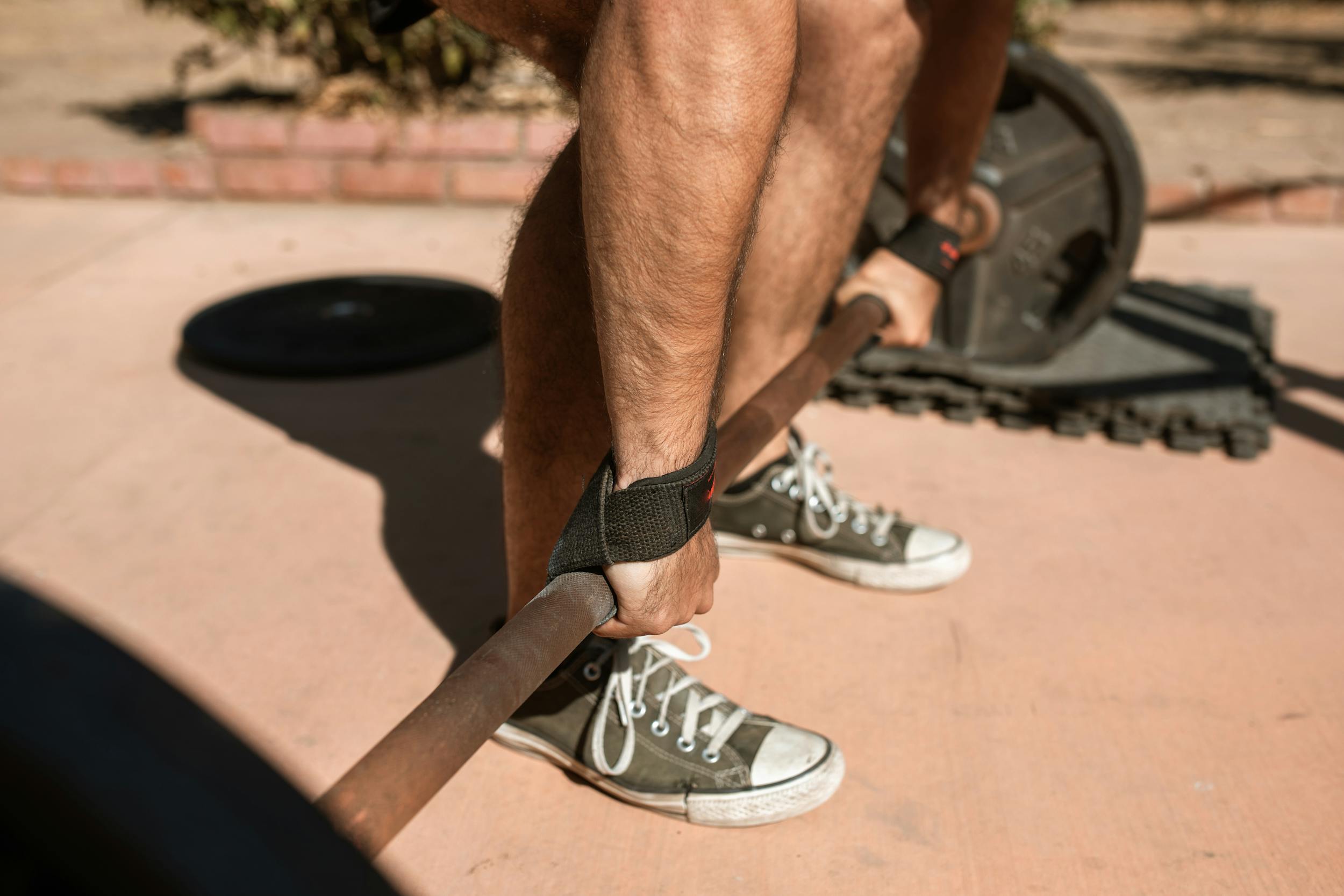Lifting straps are a powerlifter’s preferred accessory, especially these days. You’ll often see muscular fitness buffs in the gym using these straps while heavy lifting. You might be wondering about the benefits of these lifting straps and if they’re worth using to amplify grip strength. Let’s look at lifting straps, what they are, and the benefits of using them.
What are lifting straps?

You wrap lifting straps around your wrist and then around the barbell to help you with lifting. They’re typically made of strong, durable materials like nylon and leather. Lifting straps are an increasingly popular weightlifting accessory designed to help you lift heavier weights for a longer duration while protecting your wrists. They’re handy for heavy powerlifting in moves like the deadlift, bench press, and weighted squat.
How do you use lifting straps?

You place your hand through the space created by the wrist strap so it sits on the back of your hand, just below your wrists. Tighten the strap around your wrist until it feels secure. You wrap the loose end of the strap around the barbell. You can choose from four different types of lifting straps: closed loop, open loop, lasso, and figure 8. You might need to try different ones to find what’s best for you. Lasso is one of the most common types and a better choice for beginners. Lasso wrist straps are typically available at larger sporting goods stores.
What are the benefits of lifting straps?

Here are some of the many benefits of using lifting straps:
- Prevent calluses.
- Reduce grip fatigue.
- Lift heavier weights with a stronger grip.
- Work on your grip strength.
- Improve your form by maintaining a secure grip on the bar.
You might find lifting straps are especially useful for your pull-day workouts. For example, you can use lifting straps to perform the effective lat pulldown and build your back muscles. If you’re getting grip fatigue, the straps give you additional support while also allowing you to zone in on engaging your lat muscles for the best results.
Should you use lifting straps?

If you’re a beginner trying to hit your one-rep max or an advanced powerlifter, lifting straps could help you achieve your goals. It’s up to you if you’d like to try using lifting straps, and it might take you some time to get used to them. Whether it’s upper body training day or just time to conquer that Romanian deadlift, lifting straps could mean the difference between your grip strength giving out before you complete that rep or you powering through to maximize gains.




